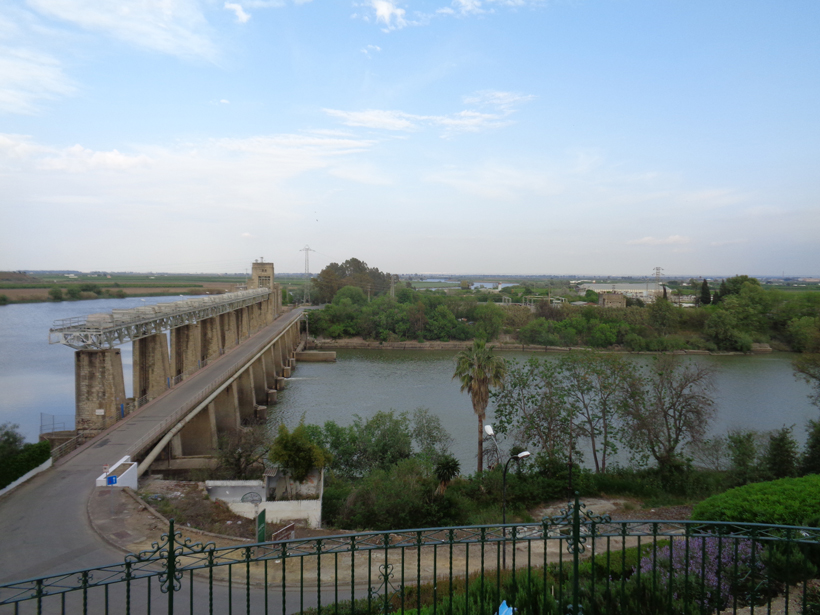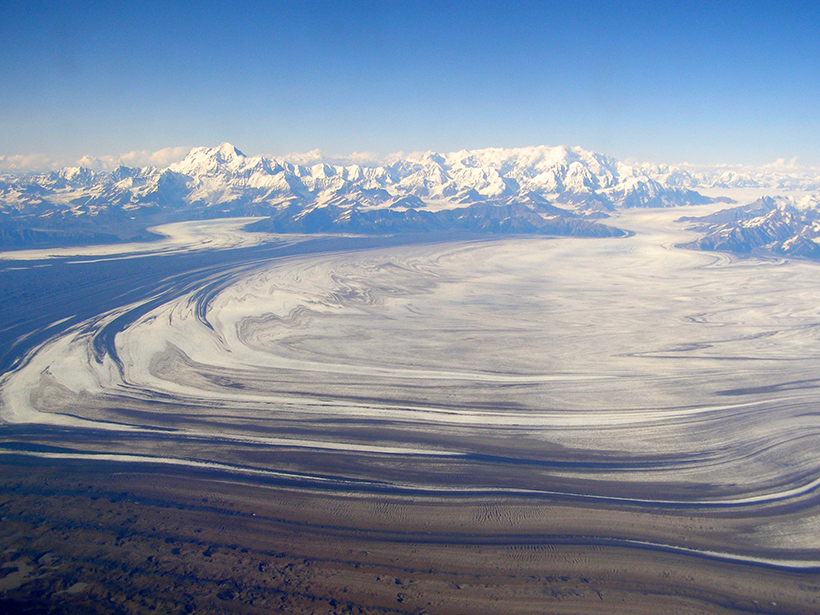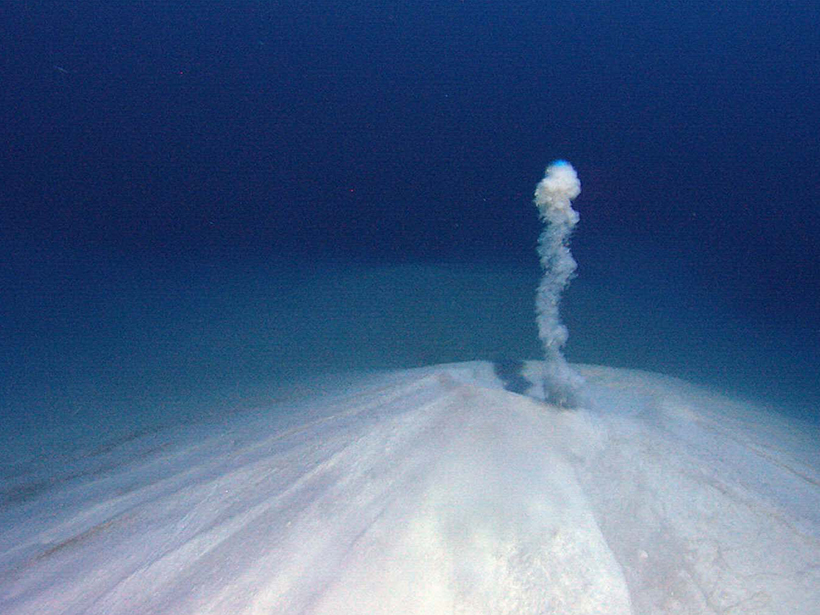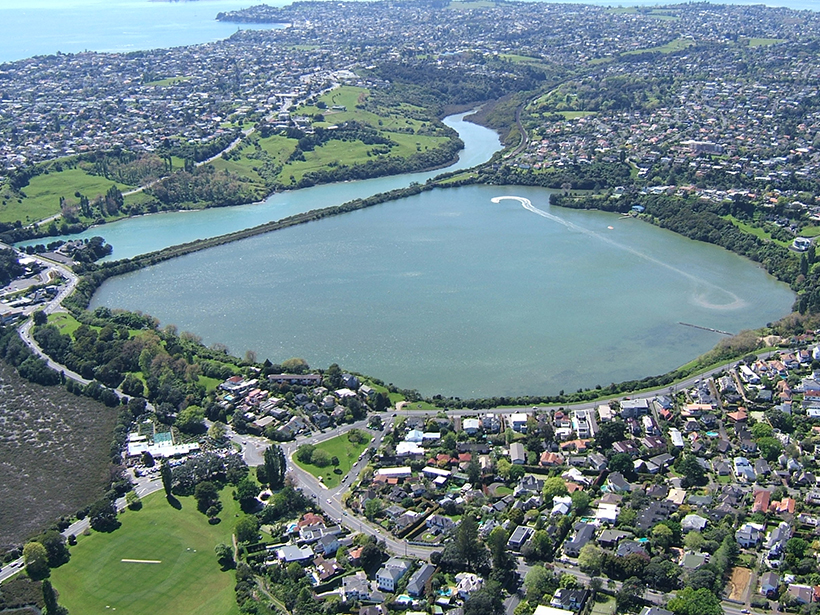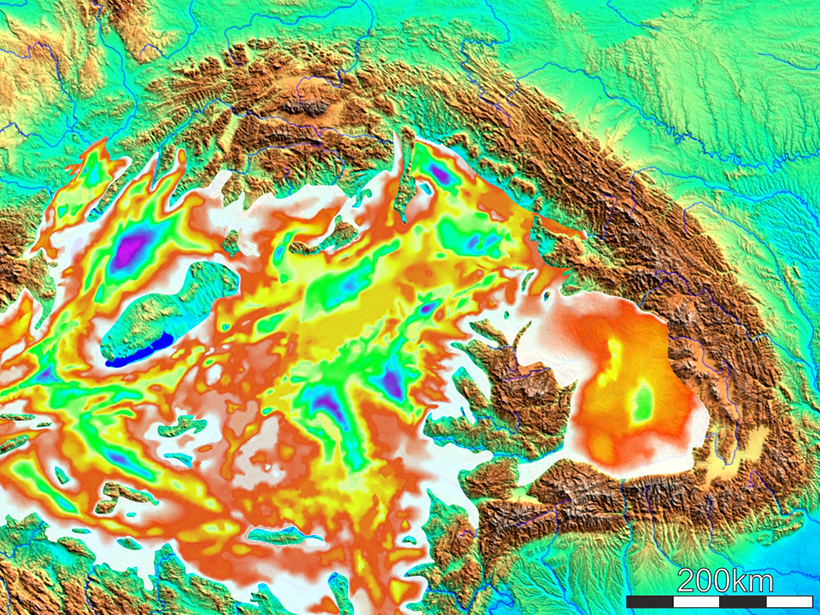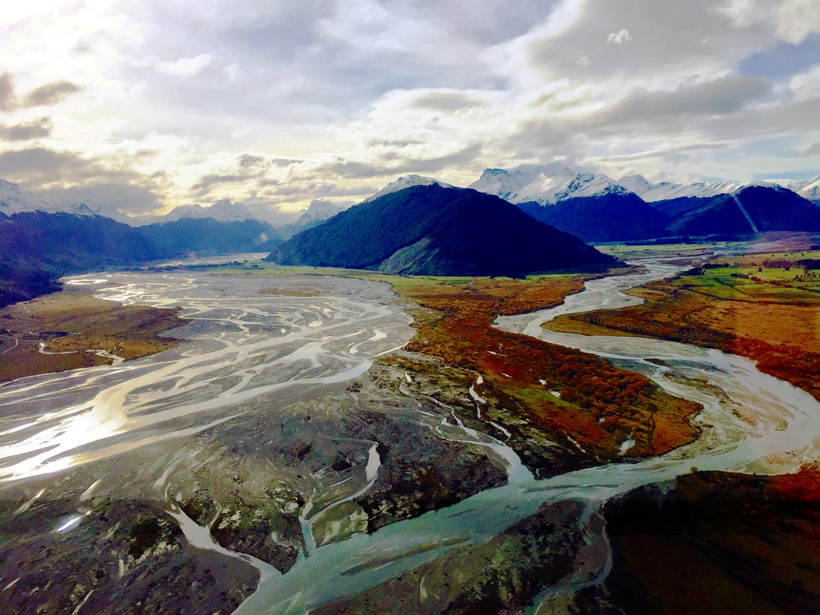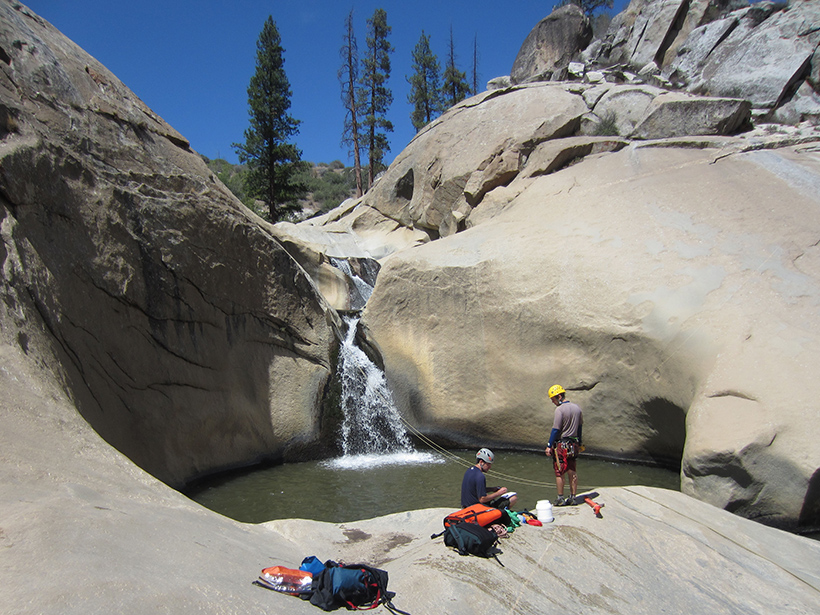Combining vegetation distribution models and sediment transport models offers a better understanding of how dryland environments change in response to different factors.
sediments
Dam Discharge Events Alter Water Flow in an Estuary in Spain
Three-year observations suggest that increased sediment concentrations inhibit vertical transfer of momentum between water layers for more than 2 months after a high-discharge event.
A Mountain Range's History Preserved in Ocean Sediments
Fission track dating core samples from the Gulf of Alaska demonstrates that offshore sediments can be used to reconstruct a mountain range's changing exhumation patterns.
Fingerprinting the Source of Fore-Arc Fluids
A new model tracks boron and other tracers in fluids expelled from subducting slabs to help identify the fluids' source regions and migration routes.
Déjà Vu? Ocean Warmth Melted Ancient West Antarctic Ice Shelf
Clues in seafloor sediments reveal that relatively warm water beneath western Antarctic ice shelves, a major factor in today's massive ice sheet retreat, also fueled some past ice loss.
Boulders Limit Transport of Sand and Gravel in Steep Rivers
Mountain rivers and streams actively reshape landscapes by eroding material from uplands and depositing it in lowlands. Scientists can now predict this transport in very steep streams.
Probing the History of New Zealand's Orakei Maar
A team of scientists drilled into the bed within a northern New Zealand explosion crater lake to gain insights into volcanic hazards and past climates.
Unraveling the History of Central Europe's Pannonian Basin
A multidisciplinary model linking the sedimentary and tectonic histories of this structurally complex basin suggests that large amounts of extension occurred there between 20 and 9 million years ago.
The Mathematics of Braided Rivers
River researchers find a mathematical relationship that predicts the average shape of a riverbed over a defined distance, opening the door to new ideas about modeling braided rivers.
Plunging into Waterfall Sediment Transport Modeling
A first-of-its-kind model describes how pools at the base of waterfalls adjust their depth to keep up with sediment flow.


